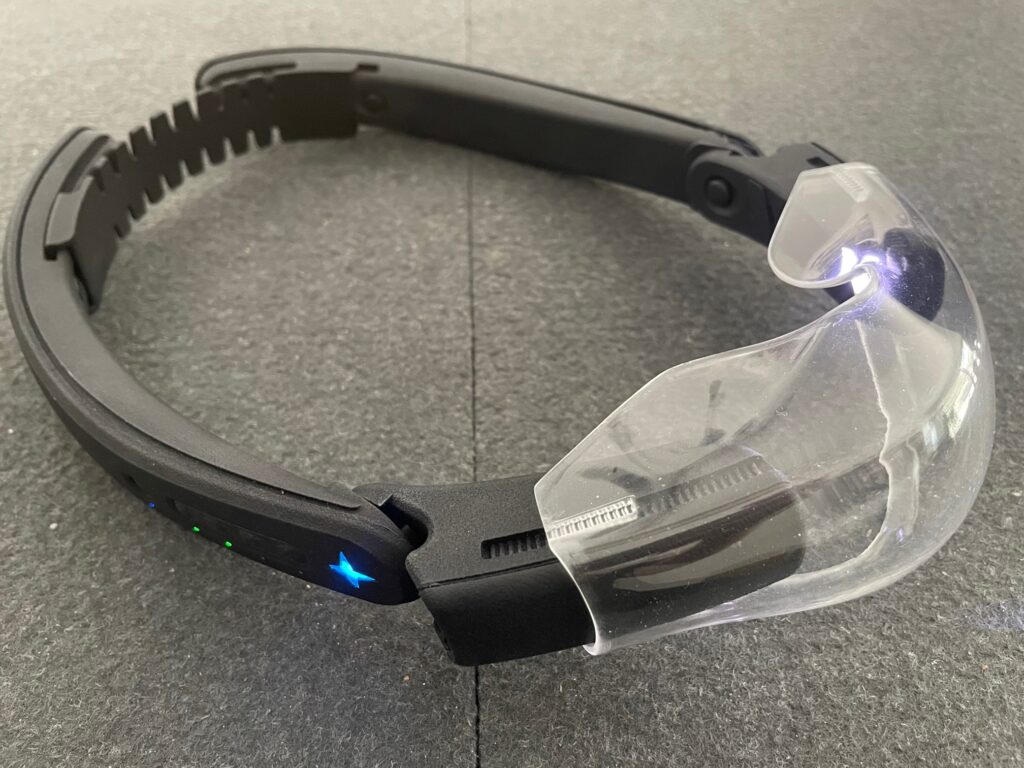In young companies, the core team is doing everything. Development, consulting, sales, administration. While you grow, more people come on board in often you find yourself in a trap: it’s always the same 2-3 people doing the demos. The downside: they quickly become a bottleneck. And on top: the demos are mostly too technical for a broader target group (not to speak an also growing sales and marketing team that needs simple messaging). Let me summarise how we industrialised product demos once we passed the 40-50 people mark:
- Focus on selected use cases: software has many features. With every release, there will be additional features. This often leads to an extensive show of each and every feature and you will lose your audience (that is the enterprise buyer). It’s smarter to think from the customer’s end and present some compelling use cases that generate a WOW effect. 3-5 are sufficient, nobody can remember more. There’s room for the feature battle ground in a later phase where the engineers are involved (proof of concept, proof of value).
- Don’t embarrass customers: this is particularly important for security software that reveals weaknesses in a customer’s environment. Show 1 or 2 examples per check and only a few checks. It’s tempting to showcase how many issues your tool will find, but if you try to show them all you simply tell the customer: you are doomed, you are lost, you failed – that’s what they will remember.
- Scaling demos: I stopped doing live demos at a certain point. It’s risky because you usually need to dial in to you demo system and such connections can break. Broken connection – no demo – no pitch – you lose. Recording your demo (along the key use cases) has the following advantages: a) in your script you can work on a compelling story, b) you can highlight certain statements with callouts, c) you are getting consistent (no matter who is doing the demo), and finally: everyone can do the demo everywhere, anytime.
A closing idea: if you record new features once available and update your recordings accordingly, you’ll get a nice collection of “why cool” videos for internal training, education partners (scaling, scaling, scaling), and also customers.










